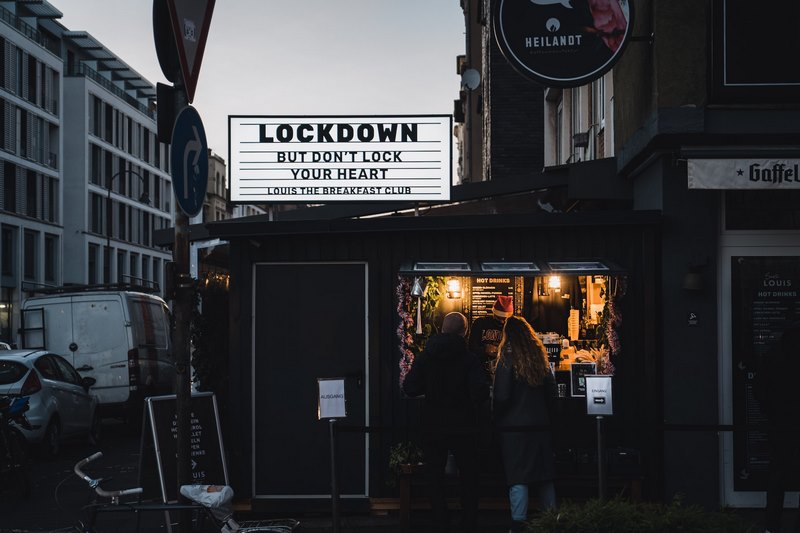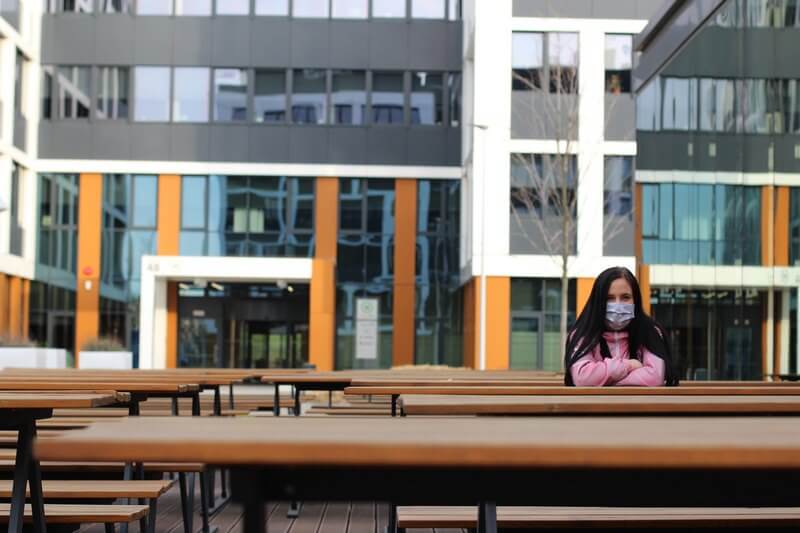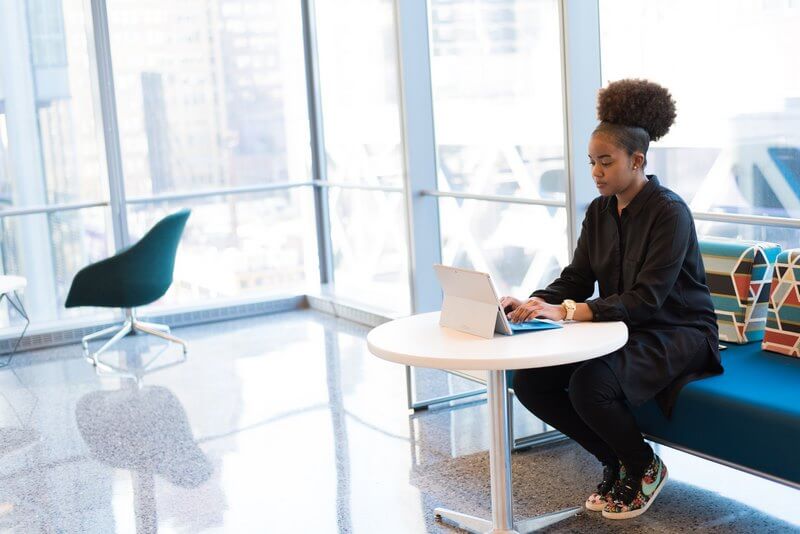
Workforce planning & the COVID Outbreak
The Future of Work is essential to resilience because of the sweeping changes to our lifestyles and economies. When I use the term “Future of Work,” I reflect on the changes that occurred due to the pandemic. However, I am also indicating the societal changes that were already occurring pre-pandemic. Many businesses were already adjusting their corporate culture to reflect the millennial generation’s demands and increase their ability to compete for Talent.
As the SHRM website states, “simply put, the future of work is a projection of how work, workers, and the workplace will evolve in the years ahead.” But, the Society for Human Resource Management (SHRM) further describes the thinking around who does the work. They also share how the work is done and focus on workforce planning. However, it’s also crucial for practitioners to consider the impact of COVID since the lockdown started. Wuhan, China, the epicenter of the virus outbreak, when into quarantine on January 23, 2001. In the US, the process began in March of 2021 when California initiated the first statewide order to work remotely for the non-essential workforce.

Stopping the Spread
Many retail and service businesses found ways to remain open to the public. Either by pivoting to take-out focused or curbside delivery, restaurants struggled to comply with public health orders. Other businesses, like manufacturing, implemented strict health protocols. For the white-collar service industry, the vast majority shifted to working remotely. There was a conception among many, especially those with a heavy social culture, that this new way of working would fail.
However, the reshuffle proved highly successful as leaders and their teams banned together to keep operations going. Additionally, employees were mobilizing in a new way, with greater flexibility in where and when they work. As we all know, these hybrid or fully remote ways of working are now typical. However, the future will tell us if this grand experiment will enable employee satisfaction and long-term profitability. As economists predict a 2023 Global Recession, it will be a test of our newly developing organizational resilience capabilities.

The Debate Over In-Person Work
Like me, you are probably watching the ongoing debate between executives and academics regarding the necessity of in-person work. At the same time, senior leadership often demands on-site employee presence. Academics seem to be mixed. Then, employees vote with their feet–often away from the office. Talent and strategic business units are looking at the new paradigm’s impact on mental wellness and work-life balance. Of course, personal preference comes into play here as well.
As professionals, we consider how we conduct crisis response outside internal Emergency Operations Centers (EOC). The EOC is now virtual and no longer grounded in a conference room or Security Operations Center (SOC) format. Additionally, we need to rethink how employees evacuate buildings in a climate when administering floor warden teams may be increasingly challenging. I’ll write more on this, but although Floor Wardens are listed in Appendix C of OSHA’s draft Occupant Emergency Plan (OEP), they are not a requirement of 1910 Subpart E App – Exit Routes, Emergency Action Plans and Fire Prevention Plans.
Overall, there’s a lot for us to consider in preparedness planning as part of resilience. If we don’t, our preparedness and effectiveness will suffer. Now more than ever, we must adapt and innovate to support business resilience.

Say goodbye to the 9-5, 5-day workweek.
For many, the demand to return to work brings mixed emotions. Businesses proved they could be successful working from home. However, whether they can thrive is up in the air. No one way to work has been proven to be the most beneficial. Some data is leaning towards hybrid for the new normal. Regardless, it looks like the new is now just ordinary, and the static 9-5 workplace is gone.
As a remote worker, I have shifted my approach and communication styles. Yet, for many, the pivot was initially challenging, regardless of what discipline you sit in–continuity, risk, security, IT, or business units. We know that organizations that built healthy, resilient behaviors better withstood the crisis of 2020-2022. Now, we are looking ahead to understand how to embed and refine resilience practices for the future. How, then, do we leverage crisis or planning teams that are remote, in-office, in various time zones, and work flexible hours? My answer is to leverage tech and create a culture that values people first over strict profitability.

How to build flexible frameworks for resilience
You have to follow the regulations warranted. Beyond that, your organizational resilience framework must be agile, flexible, and embrace company culture. Below are my tips that will give you the edge in building companywide resilience that considers the Future of Work.
- Work with HR and strategic partners to understand the updated footprint of the workplace. Meaning how many shifted to remote and hybrid? Determine if people are located in different geographic locations than pre-pandemic. Analyzing this will allow you to determine how your planning or response techniques adapt accordingly.
- Lead with flexibility. From the framework, playbook, and personnel perspective, management must be agile enough to understand how the rules have changed. If you cannot be pliable in approach, the business will lose employees and market share to those that are. From a resilience perspective, this includes building that adaptability into all possible aspects of daily work and continuity management.
- Focus on sustainability. Beyond climate change concerns, organizations can align with the ISO 22316:2017 Organizational Resilience standards. You need to become inventive and push operational excellence in resilience practices. The same way of doing things will likely not work. So, it would be best if you considered what will change and adapt to those changes on an ongoing basis.
- Manage risk. Not only does this include increased risk monitoring, but governance and integrated frameworks that enable flexibility. Your greatest asset is your people in planning and response, understanding their workplace needs will increase resilience.
I suggest you also review my blog on the Resilience And Risk Advantage you can create for your business. The BSI Organizational Resilience Benchmark could help your leadership understand their current state and highlight gaps for improvement. Reading What Resilience Is and Isn’t, along with the Importance Of Exercises To Resilience, will help you build capabilities.

There's no direction but forward
Organizational resilience is predicated on three assumptions:
- The only thing we can predict about unpredictable events is that they will continue to happen.
- The examples are infinite, but the goal is the same: maintain operations and bounce back quickly to thrive.
- Being able to respond to market conditions quickly separates organizations between those that thrive and those that decline (-source, Business Resilience, NTT Data).
Companies that do not pivot to a resilient mindset or continue on that road will become casualties over the year. We can support their efforts to thrive in an uncertain marketplace by helping drive resilience initiatives. You are a vital player in ensuring resilience happens and is maintained. Together, we can build high-reliability organizations with all of the attributes for Business As Usual (BAU) and crisis response.
Did you know?
Disaster Empire blogs contain embedded links to source materials, articles of interest, videos, books, and training I recommend. Just click on the blue embedded link to access the resource.
